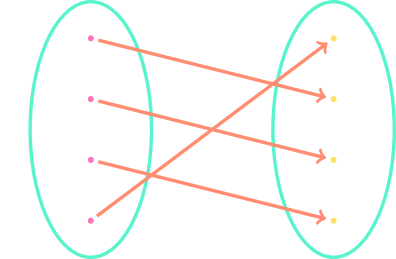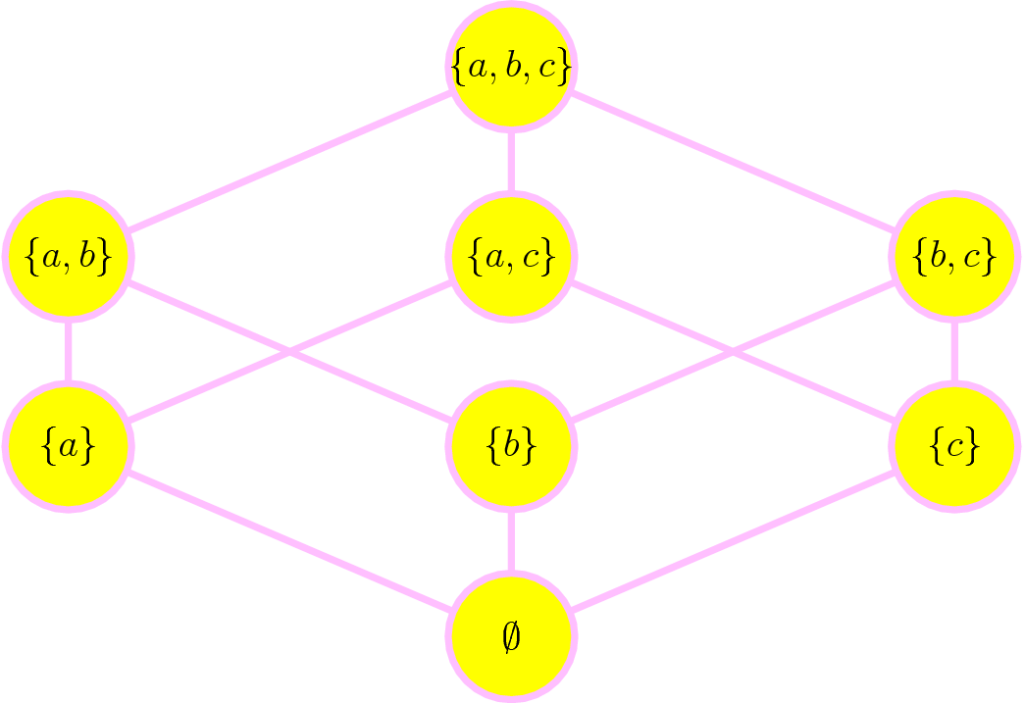Cantor’s Paradox in Set Theory
https://www.youtube.com/watch?v=oTXvwc3k8ag Cantor’s paradox derives a contradiction from the assumption that there is a set of all sets. Like Russell’s paradox, this proves that there can be no set whose elements are all sets; in other words, the mathematical universe is not a set. The main tool is Cantor’s theorem, a topic on which we have […]
Cantor’s Paradox in Set Theory Read More »






